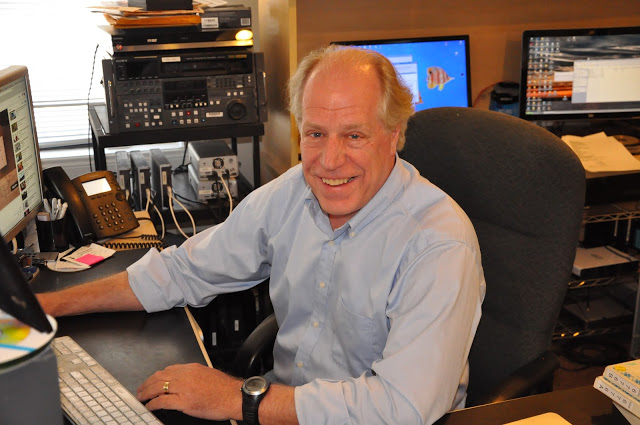D
DM60
Well-known member
I am not sure what to think about this, what do you guys think? It is not a short video.
I am not sure what to think about this, what do you guys think? It is not a short video.
Probably because I grabbed the wrong one:.
Try this one

